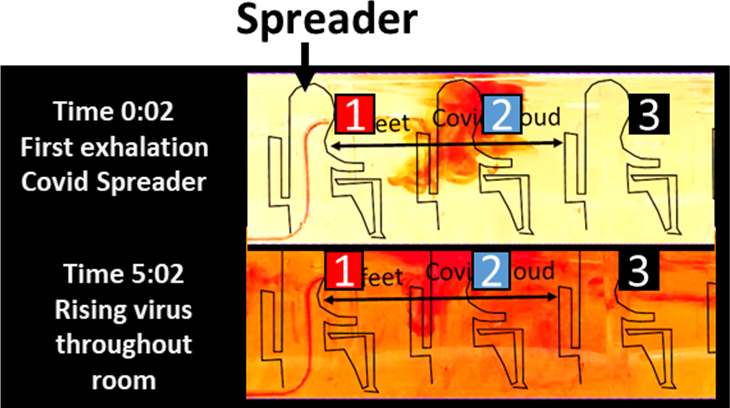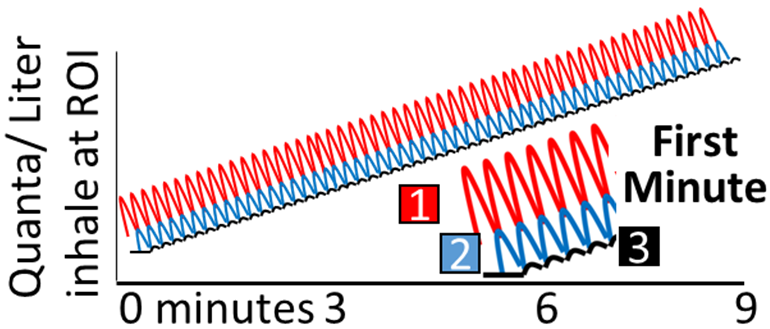About
Our Science Technology Education Mathematics (STEM) programs will empower eighth to twelfth graders to understand the pragmatics of infection risk reduction through hands on "sink top" and in classroom experiments. They will learn about infection/environment and quantitative monitoring of airborne spread in a 1-5 hour education program.
Specifically, the program includes:
1. Basics of airborne infection control overview, concepts and key past results;
2. Airborne spread desktop/sinktop simulator matching computational fluid dynamics;
3. Airborne spread in classroom and outside experiments; CO2, aerosol, odor, and smoke experiments in masking and ventilation;
4. Mask protection factors, fitting, and reuse; Daily infection reduction and planning on how to reduce infection risk (quanta);
5. School/home assessment, monitoring quanta risk, cost benefit tradeoffs and protection of vulnerable people.
Below are some figures of the airborne spread desktop/sinktop simulator:


